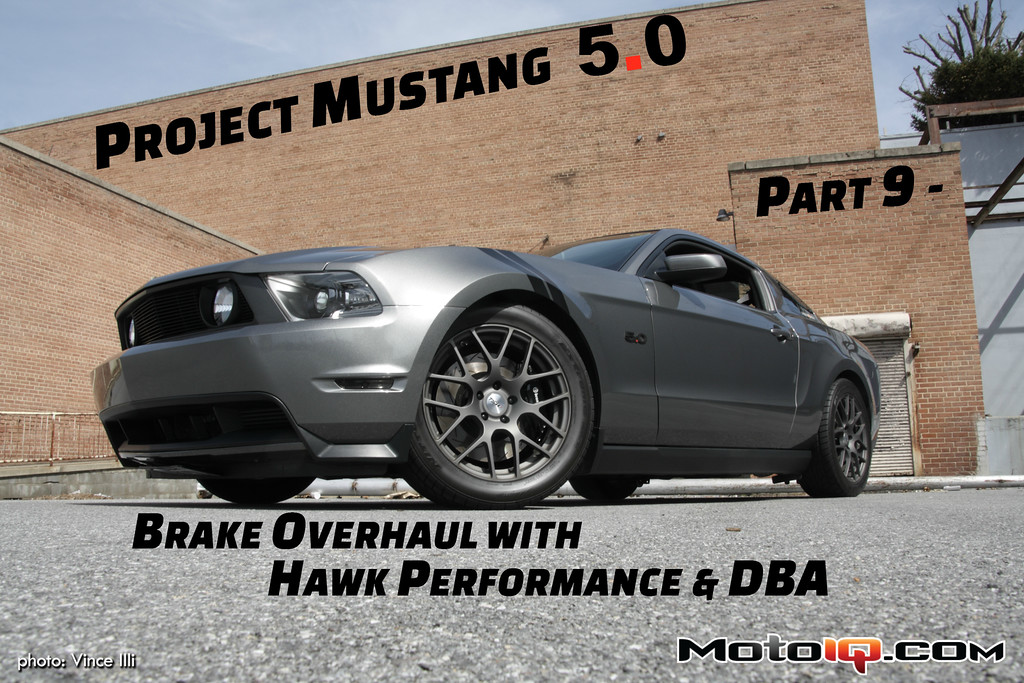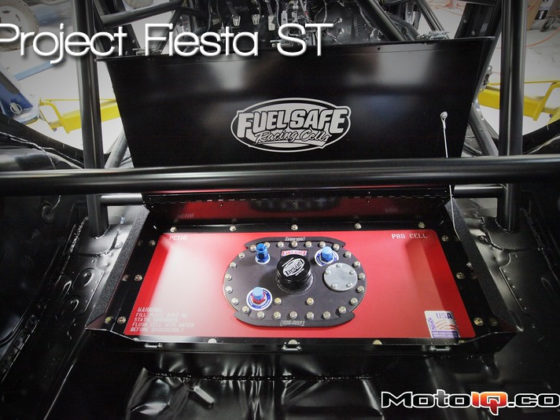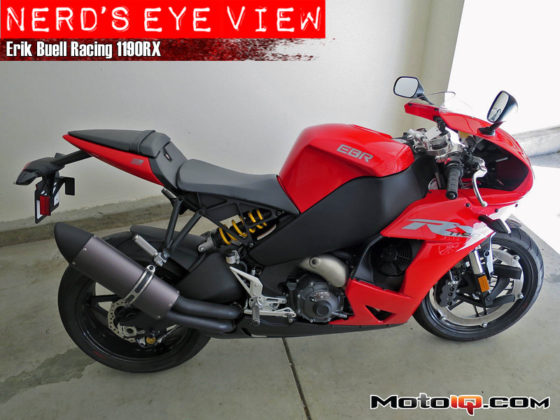,
It was now time to bed the new pads in. Fortunately, at this point it was a balmy 18°F outside! In all seriousness, I was very concerned that it was too cold to properly bed in the pads. See, bedding in the pads involves two things. First of all, the resins used in the manufacturing process need to be melted off. Second, the pads need to get hot enough to transfer an even layer of adherent material onto the surfaces of the rotors. (Transferring an uneven or incomplete layer of pad material will cause shuddering on braking, which many people refer to as “warped rotors.”)
Hawk’s instructions for bedding in their street pads say to make 6-10 moderate stops from 30-35 mph followed by an additional 2-3 hard stops from 40-45 mph and a 15-minute cool-off period. Hawk also cautioned not to “drag” the brakes during this process.
It was getting ready to snow again (winters in the Northeast suck), so I decided to do the bedding in around my neighborhood. I did the maximum specified number of stops while driving around the block and getting strange, annoyed looks from my neighbors. After the third heavy stop, I wheeled Project Mustang back into the garage before the residents of my quaint Maryland neighborhood decided to arm themselves. Fortunately, the pads seemed to be bedded in properly.
 A daylight inspection of the rotors revealed an even, gunmetal-colored surface: the proof of a properly-bedded-in street brake pad.
A daylight inspection of the rotors revealed an even, gunmetal-colored surface: the proof of a properly-bedded-in street brake pad.In order to make this a fair test, I left the brake fluid alone and didn’t flush it like I normally do when swapping pads and rotors. I could immediately tell a difference in brake feel. Where the previous brakes felt “spongy” on the street (chalk it up to too much adherent compounds in the pads?), the new brakes felt strong. I also noticed immediate pad bite—even in the bitter cold—and zero noise.
 Obligatory race livery glamour shot.
Obligatory race livery glamour shot.At my first autocross of the year about a month later, I was eager to test out the new pads and rotors. The difference in brake feel was simply incredible. I had more pedal modulation than ever before and could feel exactly how much force I was applying to the rotors through the pedals. The best way to describe it is that it didn’t feel like I was pressing on a brake pedal; it felt as though I was directly grabbing the brake rotors with my bare foot. Unlike the previous pads, which required me to practically drag the brakes for half a run to get heat into them, the Hawk HPS 5.0 pads had immediate and persistent bite, from the first launch until the end of the day. I experienced zero pad fade, even on a relatively brake-heavy course.
After I pulled back into my garage, I pulled the wheels off to do an inspection. Imagine my surprise when I found zero brake dust on any of the wheels. Previously, an autocross would’ve left my gray wheels nearly black with brake dust. I also inspected the paint marks on the DBA rotors to ensure that they weren’t overheating. The DBA rotors’ Kangaroo Paws and high-carbon construction did their job bleeding heat admirably; not even the first temperature mark had changed color. That means I didn’t get close to the 900°F upper limit of the HPS 5.0 pads.
I highly recommend this setup for any car that serves dual purpose on both the street and the autocross course. The DBA rotors and Hawk HPS 5.0 pads are 100% streetable and more than capable on an autocross grid. They are enjoyable and safe to drive on the street and more than capable and reliable in a competition environment.
Sources



